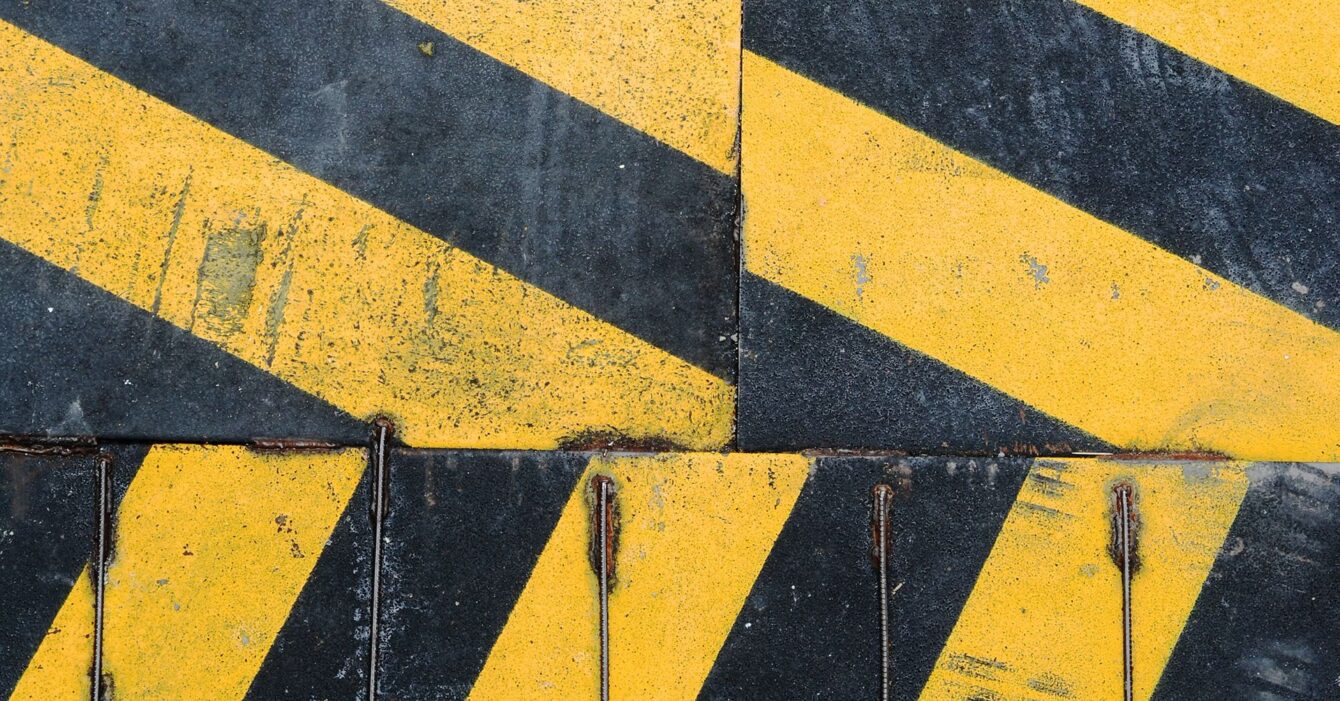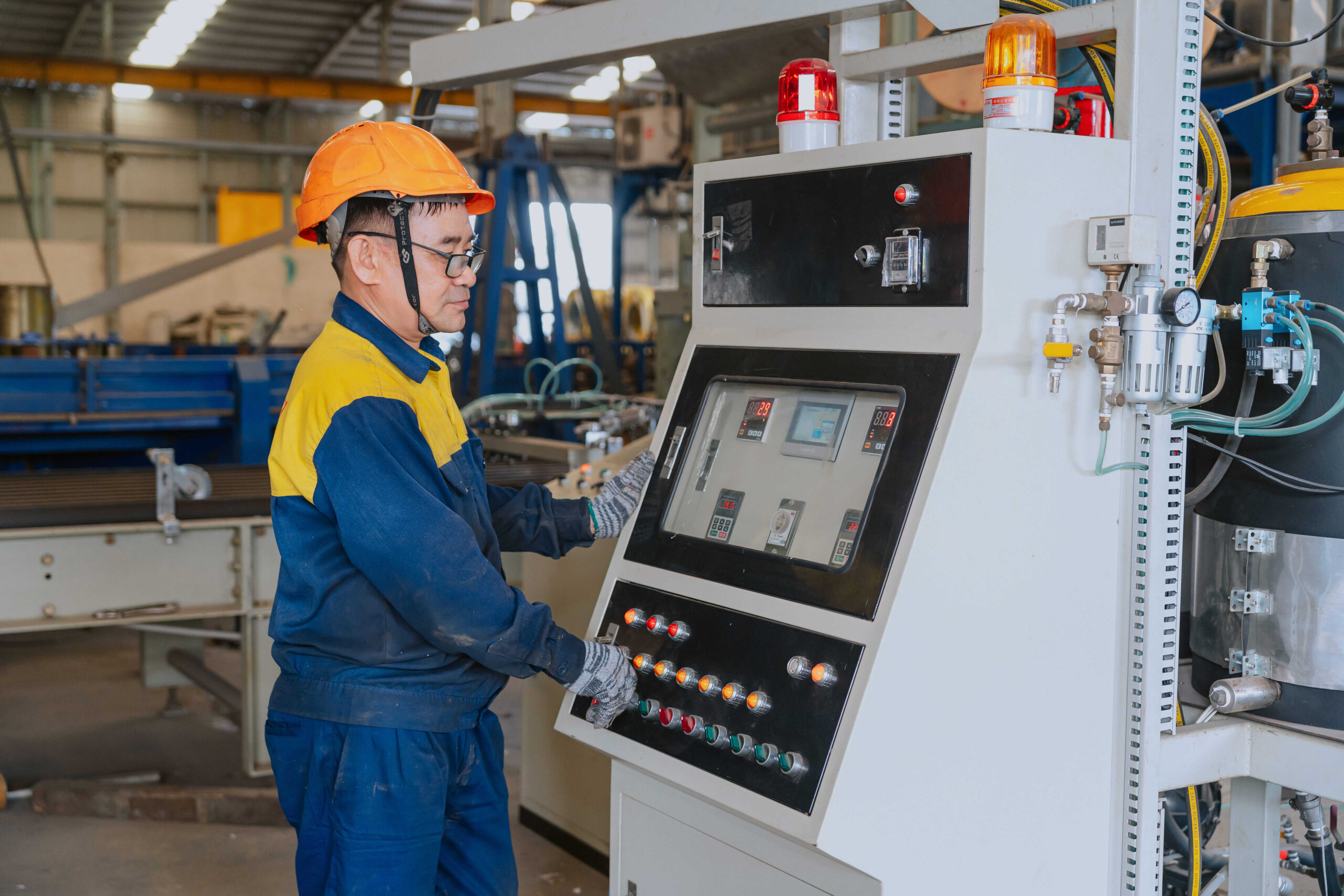Vietnam’s steel and machinery industries are at a pivotal moment in their global integration journey. With an increasing presence in Southeast Asia and significant investments in modern technology, Vietnamese companies like Tân Tân Thành are presented with numerous opportunities to expand into international markets. However, these opportunities come with challenges that must be addressed to secure a strong position on the global stage.
Opportunities: Expanding Horizons
1. Growing Export Potential
- Impressive numbers: According to the Vietnam Steel Association (VSA), Vietnam exported over 6 million tons of s
- teel in 2023, a 15% increase compared to the previous year. Major markets include the EU, the US, and ASEAN.
- Global trends: The rising demand for high-quality steel and advanced construction equipment is driven by increased infrastructure and renewable energy investments worldwide.
2. Leverage from Free Trade Agreements (FTAs)
- CPTPP and EVFTA benefits: These agreements reduce export tariffs and open access to trillion-dollar markets across more than 30 member countries, including the EU, Japan, and Canada.
- Competitive edge: Lower tariffs and improved product quality position Vietnamese steel as a preferred choice for international contractors.
3. Adoption of Advanced Technology
- Real-world example: Many Vietnamese manufacturers have adopted technologies like AI, IoT, and automation. At Tân Tân Thành, roll-forming machines and mechanical equipment are equipped with smart sensors, optimizing production and reducing material waste.
- Results: These innovations not only meet international standards but also lower production costs, enhancing global competitiveness.
Challenges: Navigating Rough Waters
1. Intense Competition from Developed Nations
- Major competitors: China accounts for over 50% of global steel production, benefiting from economies of scale and low labor costs. Meanwhile, India and EU countries invest heavily in cutting-edge technologies to maintain their market shares.
- Price pressures: Products from these countries often have highly competitive pricing, creating significant challenges for Vietnamese exporters.
2. Technical and Regulatory Barriers
- Stringent certifications: Vietnamese steel and machinery products must meet international standards such as CE (Europe) and ASTM (US) to enter high-end markets.
- Investment requirements: This demands substantial capital to upgrade technologies and improve production processes.
3. Global Economic and Political Volatility
- Impact: Trade wars, global inflation, and carbon emission regulations significantly affect production costs and steel supply chains worldwide.
- Outcome: Exporting companies face uncertainty in forecasting demand and managing operational costs.
Solutions: Steady Steps to Global Success
1. Focus on Quality
- Invest in clean production technologies, using renewable energy to reduce CO2 emissions and comply with strict EU and US environmental regulations.
2. Build a Strong Brand
- Promote “Made in Vietnam” products as high-quality and competitively priced.
- Collaborate with international organizations to enhance brand credibility.
3. Invest in Technology and Automation
- Example: Implement AI-powered automated inspection systems to quickly detect defects, increasing productivity by 20% and reducing production costs by 15%.
- Use intelligent supply chain management software to minimize disruptions.
4. Foster International Partnerships
- Establish strategic contracts with global partners to not only export but also gain insights and improve product offerings.
Conclusion
Vietnamese steel and machinery industries have tremendous potential to expand globally, supported by favorable trade policies, modern technology, and the dynamism of local businesses. However, succeeding in the global market requires meticulous preparation, investments in quality and technology, and a strong brand presence. With continuous innovation and unwavering commitment, Tân Tân Thành is poised to become a symbol of sustainable growth for Vietnam’s industrial sector on the world stage.









